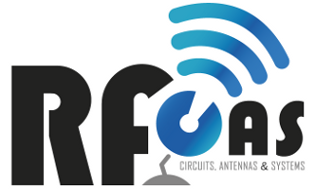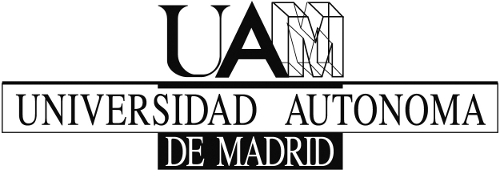| Resumen | A common part of many microwave systems is the routing of the signal between the circuit devices performing the different functions of the system (frequency discrimination, power combining, frequency conversion, signal amplifying …). The optimum configuration of these individual devices may lead to a system layout where the interfaces of the different blocks are not aligned or even are in different planes. Thus, the routing network must have waveguide transformers, bends, and twists to be able to accommodate the signal between the different blocks. These elements have a simple function, although a careful design may be required for broadband applications. Moreover, in satellite communications, mass and volume must be kept to a minimum and compactness is highly pursued. A possible solution in these cases is to integrate some of these functions in the routing network elements or even in the input/output of the components. In this work, several waveguide devices will be shown with integrated compact elements for waveguide matching and polarization rotation. Since different functions are integrated in the same device, transitions are avoided and the total length is reduced. Very compact structures for waveguide twists have been developed in Asao et al., "A compact 90-degree twist using novel ridged waveguide for integrated waveguide subsystems," Proc. 36th EuMC, 2006 and Kirilienko et al. “Compact 90º Twist formed by a Double-Corner-cut Square Waveguide Sectionâ€, IEEE TMTT, 2008). Other structures used here will be based on Ruiz-Cruz et al., “Multi-Section Bow-Tie Steps for Full-Band Waveguide Polarization Rotationâ€, IEEE MWCL, July 2010. The design and evaluation of the different components will be addressed in the presentation, with devices in mixed E/H plane configuration, bends and transformers. When integrating different functions in the same device, some undesired resonances may appear in the structure. Therefore, accurate CAD tools are required for simulating the response and taking into account the mode excitations inside the structure. A precise fabrication is required for having good experimental results, which will be shown in the presentation. |


